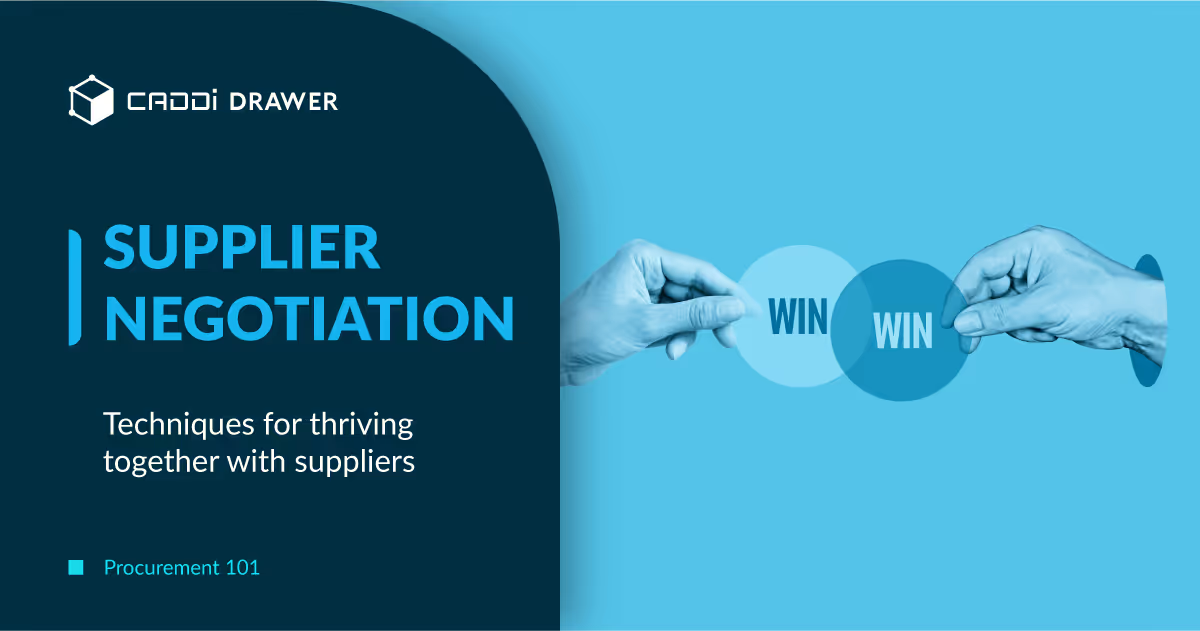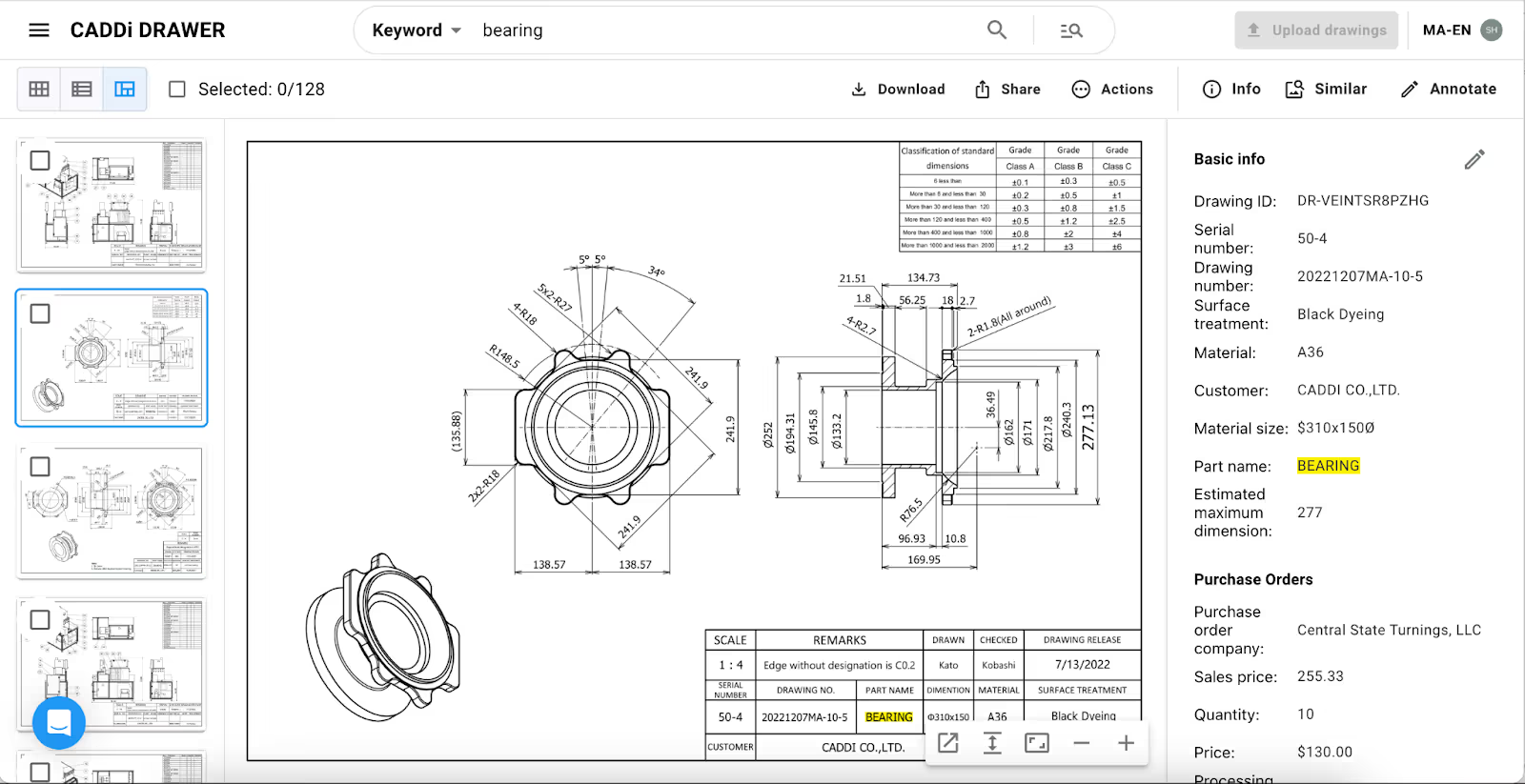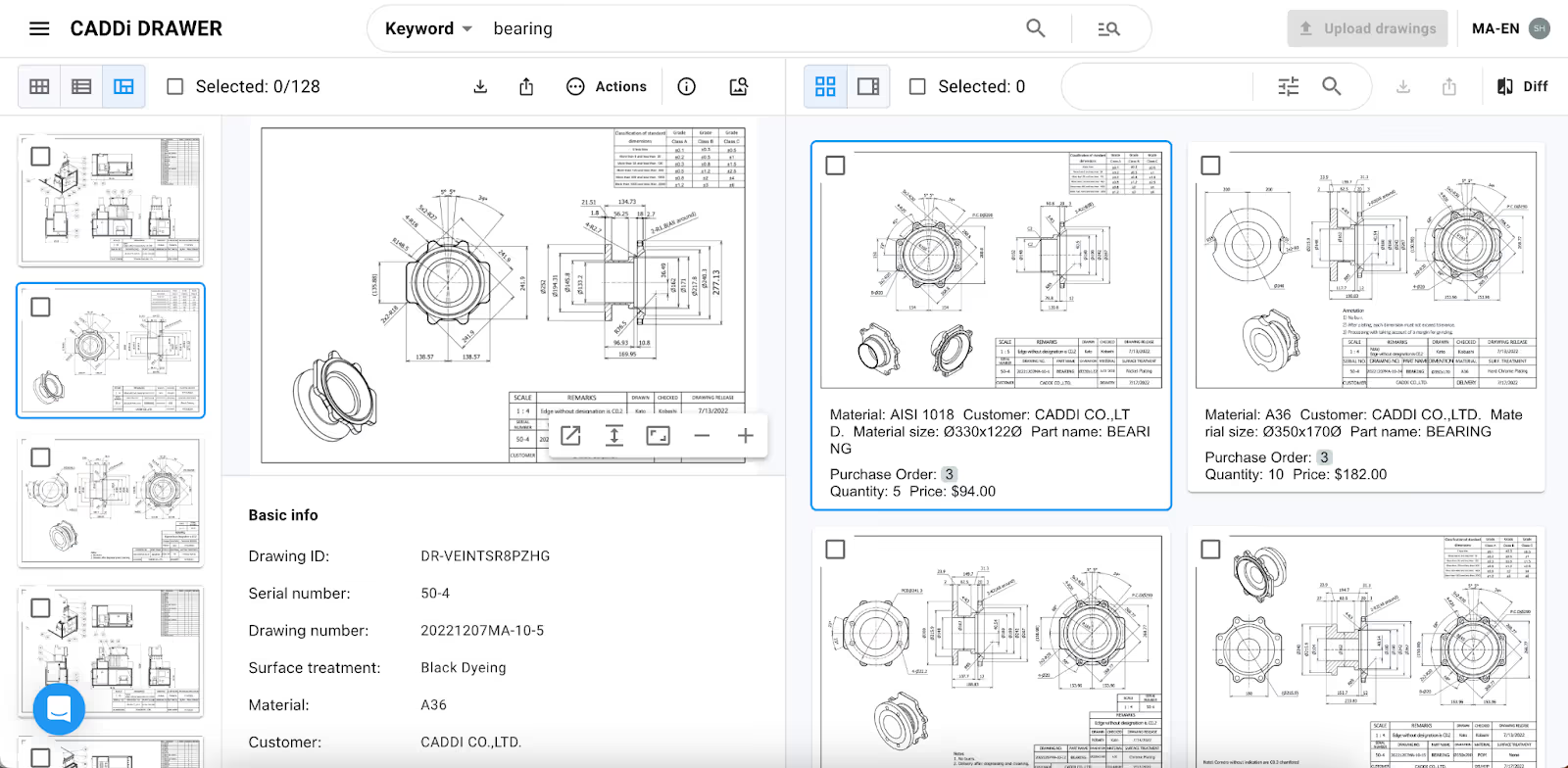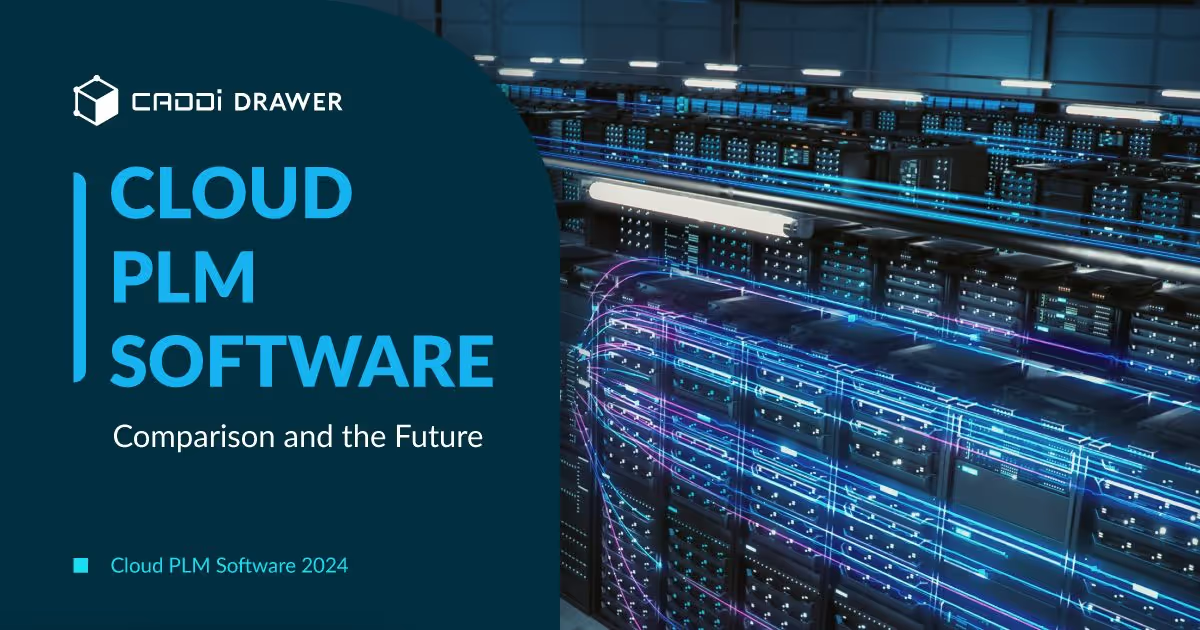Procurement 101: Supplier Negotiation – Techniques for thriving together with suppliers

Table of Contents

Supplier negotiation is one of the fundamental actions within the procurement process including competitive bidding. Procurement professionals have likely devoted a significant amount of energy to this activity, to varying degrees. With increasing complexity, conflicting priorities, and high stakes, how can you master this delicate dance?
In this post, we’ll explore the key components of successful supplier negotiation, the challenges you may face, and proven strategies to overcome them.
What Are the Key Components of Supplier Negotiation?
Supplier negotiation is the process of discussing and agreeing upon the terms of a business relationship with a supplier. It’s a crucial skill for procurement professionals to master. Why? Because without effective negotiation, you may end up paying too much, not receiving the quality or service level you require, or putting your supply chain at risk.
There are several key components to successful supplier negotiations:
- Preparation: Before entering into any negotiation, it’s essential to do your homework. This means researching the supplier, understanding your own requirements and budget, and determining your best alternative if an agreement can’t be reached (your “BATNA”).
- Communication: Negotiations require clear, professional communication. You need to articulate your needs, listen to the supplier’s perspective, ask questions, and work towards a mutually beneficial agreement. It’s not about “winning”, but about finding an outcome that works for both parties.
- Flexibility: While you should have clear goals, you also need to be open to creative solutions. Be willing to think outside the standard contract terms. Perhaps the supplier can offer a discount for early payment, or you can commit to a longer contract in exchange for better pricing. Finding these win-win solutions requires flexibility.
- Relationship-Building: Supplier negotiations aren’t just about dollars and cents. They’re an opportunity to build a positive long-term relationship with a key business partner. Treat the supplier fairly, be transparent, and look for ways to collaborate. A strong relationship can pay dividends for years to come.
What happens if supplier negotiations aren’t handled well? You could face supply disruptions, quality issues, or simply end up with an unfavorable deal that hurts your bottom line. For managers and executives, it can be concerning that they may not have a clear view of how accurately supplier negotiations are being conducted.
But when done right, effective supplier negotiation ensures you have reliable partners providing maximum value and minimal risk to your business. It’s a critical component of supply chain management that every procurement professional must strive to master.
Challenges in Supplier Negotiation
While supplier negotiation is essential, it’s not always easy. Procurement professionals often face several challenges when negotiating with suppliers:
Lack of Leverage
If your company is a small customer for the supplier, or if the supplier is the only one who can provide what you need, you may lack negotiating leverage. It’s hard to drive a hard bargain when the supplier holds all the cards.
Incomplete Information
To negotiate effectively, you need to understand the supplier’s costs, constraints, and alternatives. But suppliers are often reluctant to share this information, fearing it will weaken their position. This information asymmetry can make it challenging to know if you’re getting a fair deal.
Conflicting Priorities
Procurement is often under pressure to reduce costs, but this can conflict with other priorities like quality, reliability, and innovation. It’s a balancing act. Pushing too hard on price can damage supplier relationships and lead to corners being cut.
Complexity
In many industries, supplier relationships are complex, involving multiple stakeholders, long-term contracts, and intricate service level agreements. Navigating this complexity and aligning everyone’s interests can be a significant challenge.
Cultural Differences
When negotiating with suppliers from different countries or cultures, misunderstandings can easily arise. What’s considered polite or standard practice in one culture may be seen as offensive or unusual in another. Overcoming these cultural barriers requires adaptability and understanding.
Short-Term Thinking
There’s often pressure to deliver immediate cost savings, but this can lead to short-sighted decisions. Squeezing suppliers too hard can undermine long-term relationships and innovation. Finding the right balance between short-term gains and long-term value is a perennial challenge.
Resistance to Change
Implementing new supplier agreements often requires changes to processes, systems, and behaviors. There may be resistance from internal stakeholders who are comfortable with the status quo or skeptical of the benefits. Overcoming this resistance requires effective change management.
These challenges make supplier negotiation a complex and sometimes frustrating process. But by understanding and anticipating these hurdles, procurement professionals can develop strategies to overcome them and achieve better outcomes.
Overcoming the Challenges of Supplier Negotiation
Despite the challenges, there are several strategies that procurement professionals can use to improve their supplier negotiations:
Develop Alternatives
One way to increase your negotiating leverage is to develop alternative suppliers. Even if you don’t switch suppliers, the credible threat of doing so can motivate your current supplier to offer better terms. As the old saying goes, “never let yourself get over a barrel.”
Invest in Supplier Relationships
Building strong, long-term relationships with suppliers can help overcome many negotiating challenges. When there’s trust and open communication, suppliers are more likely to share information, work with you to find win-win solutions, and go the extra mile when issues arise. As an example, Toyota is known for its collaborative supplier relationships, which have helped it navigate supply chain disruptions more effectively than many competitors.
Focus on Total Cost of Ownership
Instead of just focusing on unit price, consider the total cost of ownership (TCO) in your negotiations. This includes factors like quality, reliability, service, and innovation. By emphasizing TCO, you can steer the conversation away from pure price haggling and towards value creation.
Improve Your Data and Analytics
Investing in better data and analytics can help level the information playing field. By analyzing spend data, market trends, and supplier performance, you can gain insights to inform your negotiating strategy.
Embrace Collaborative Negotiation
Instead of seeing negotiation as a zero-sum game, approach it as a collaborative problem-solving exercise. Look for ways to expand the pie rather than just dividing it. This might involve exploring innovative contracting models, joint process improvements, or shared risk and reward mechanisms.
Invest in Training and Development
Finally, don’t underestimate the value of skill development. Investing in negotiation training, cultural awareness, and emotional intelligence can help your procurement team navigate complex supplier relationships more effectively.
Recent Trends and Future Outlook for Supplier Negotiation
In recent years, supplier negotiation has been shaped by several key trends.
One is the increasing focus on sustainability and social responsibility. Companies are under pressure to ensure their suppliers adhere to environmental and ethical standards, and this is becoming a key point of negotiation.
Another trend is the use of advanced analytics and AI to inform negotiation strategies. According to a report by McKinsey, by analyzing vast amounts of data on supplier performance, market conditions, and risk factors, companies can gain a competitive edge in negotiations.
Looking to the future, these trends are likely to accelerate. Sustainability will become an even more critical factor as regulations tighten and consumer expectations rise. The use of AI and machine learning will become more sophisticated, enabling real-time analysis of supplier data and predictive modeling of negotiation outcomes. We may also see more use of blockchain technology to enable secure, transparent tracking of supplier performance and contract compliance.
Another key trend will be the increasing importance of agility and resilience in supplier relationships. The COVID-19 pandemic highlighted the risks of supply chain disruptions, and companies will seek more flexible, collaborative relationships with suppliers to mitigate these risks. This may involve a shift away from purely transactional negotiations and towards more strategic partnerships.
To support these trends, companies will need to invest in digital tools and capabilities. Platforms that can aggregate and analyze supplier data from multiple sources, provide real-time insights, and enable collaborative workflow will be essential.
How CADDi Drawer Can Help Supplier Negotiation
Solutions like CADDi Drawer, which can break down data silos and provide a unified view of supplier information, will be increasingly valuable in enabling informed, agile negotiation strategies. Here’s how:
Improving Information Access: A common challenge in supplier negotiation is incomplete information. Suppliers often have an advantage because they better understand their costs and constraints. CADDi Drawer helps level the playing field by automatically linking price data and supplier information to each drawing. This integrated view provides procurement teams with easier access to the data they need to prepare for negotiations and make informed decisions.

Enabling Data-Driven Negotiations: Effective negotiation relies on having solid data to back up your position. With CADDi Drawer, procurement professionals can easily export the past similar drawings, linked price data, and supplier information. This capability allows them to come to the negotiating table armed with concrete facts and figures, strengthening their case and increasing their credibility with suppliers.

Saving Time and Improving Efficiency: Preparing for supplier negotiations often involves a lot of data gathering and analysis. CADDi Drawer’s keyword and similarity search functions can significantly reduce the time spent searching for relevant drawings and data. This efficiency gain frees up procurement professionals to focus on higher-value activities like strategy development and relationship building.
Again, supplier negotiation is a critical skill in today’s business environment. By mastering the key components, overcoming common challenges, and staying ahead of emerging trends, procurement professionals can drive significant value for their organizations. But success requires more than just tactics; it requires a mindset shift towards collaboration, agility, and long-term value creation. With the right strategies, tools, and attitude, you can build supplier relationships that are not just transactional, but truly transformational.
Supplier negotiation is one of the fundamental actions within the procurement process including competitive bidding. Procurement professionals have likely devoted a significant amount of energy to this activity, to varying degrees. With increasing complexity, conflicting priorities, and high stakes, how can you master this delicate dance?
In this post, we’ll explore the key components of successful supplier negotiation, the challenges you may face, and proven strategies to overcome them.
What Are the Key Components of Supplier Negotiation?
Supplier negotiation is the process of discussing and agreeing upon the terms of a business relationship with a supplier. It’s a crucial skill for procurement professionals to master. Why? Because without effective negotiation, you may end up paying too much, not receiving the quality or service level you require, or putting your supply chain at risk.
There are several key components to successful supplier negotiations:
- Preparation: Before entering into any negotiation, it’s essential to do your homework. This means researching the supplier, understanding your own requirements and budget, and determining your best alternative if an agreement can’t be reached (your “BATNA”).
- Communication: Negotiations require clear, professional communication. You need to articulate your needs, listen to the supplier’s perspective, ask questions, and work towards a mutually beneficial agreement. It’s not about “winning”, but about finding an outcome that works for both parties.
- Flexibility: While you should have clear goals, you also need to be open to creative solutions. Be willing to think outside the standard contract terms. Perhaps the supplier can offer a discount for early payment, or you can commit to a longer contract in exchange for better pricing. Finding these win-win solutions requires flexibility.
- Relationship-Building: Supplier negotiations aren’t just about dollars and cents. They’re an opportunity to build a positive long-term relationship with a key business partner. Treat the supplier fairly, be transparent, and look for ways to collaborate. A strong relationship can pay dividends for years to come.
What happens if supplier negotiations aren’t handled well? You could face supply disruptions, quality issues, or simply end up with an unfavorable deal that hurts your bottom line. For managers and executives, it can be concerning that they may not have a clear view of how accurately supplier negotiations are being conducted.
But when done right, effective supplier negotiation ensures you have reliable partners providing maximum value and minimal risk to your business. It’s a critical component of supply chain management that every procurement professional must strive to master.
Challenges in Supplier Negotiation
While supplier negotiation is essential, it’s not always easy. Procurement professionals often face several challenges when negotiating with suppliers:
Lack of Leverage
If your company is a small customer for the supplier, or if the supplier is the only one who can provide what you need, you may lack negotiating leverage. It’s hard to drive a hard bargain when the supplier holds all the cards.
Incomplete Information
To negotiate effectively, you need to understand the supplier’s costs, constraints, and alternatives. But suppliers are often reluctant to share this information, fearing it will weaken their position. This information asymmetry can make it challenging to know if you’re getting a fair deal.
Conflicting Priorities
Procurement is often under pressure to reduce costs, but this can conflict with other priorities like quality, reliability, and innovation. It’s a balancing act. Pushing too hard on price can damage supplier relationships and lead to corners being cut.
Complexity
In many industries, supplier relationships are complex, involving multiple stakeholders, long-term contracts, and intricate service level agreements. Navigating this complexity and aligning everyone’s interests can be a significant challenge.
Cultural Differences
When negotiating with suppliers from different countries or cultures, misunderstandings can easily arise. What’s considered polite or standard practice in one culture may be seen as offensive or unusual in another. Overcoming these cultural barriers requires adaptability and understanding.
Short-Term Thinking
There’s often pressure to deliver immediate cost savings, but this can lead to short-sighted decisions. Squeezing suppliers too hard can undermine long-term relationships and innovation. Finding the right balance between short-term gains and long-term value is a perennial challenge.
Resistance to Change
Implementing new supplier agreements often requires changes to processes, systems, and behaviors. There may be resistance from internal stakeholders who are comfortable with the status quo or skeptical of the benefits. Overcoming this resistance requires effective change management.
These challenges make supplier negotiation a complex and sometimes frustrating process. But by understanding and anticipating these hurdles, procurement professionals can develop strategies to overcome them and achieve better outcomes.
Overcoming the Challenges of Supplier Negotiation
Despite the challenges, there are several strategies that procurement professionals can use to improve their supplier negotiations:
Develop Alternatives
One way to increase your negotiating leverage is to develop alternative suppliers. Even if you don’t switch suppliers, the credible threat of doing so can motivate your current supplier to offer better terms. As the old saying goes, “never let yourself get over a barrel.”
Invest in Supplier Relationships
Building strong, long-term relationships with suppliers can help overcome many negotiating challenges. When there’s trust and open communication, suppliers are more likely to share information, work with you to find win-win solutions, and go the extra mile when issues arise. As an example, Toyota is known for its collaborative supplier relationships, which have helped it navigate supply chain disruptions more effectively than many competitors.
Focus on Total Cost of Ownership
Instead of just focusing on unit price, consider the total cost of ownership (TCO) in your negotiations. This includes factors like quality, reliability, service, and innovation. By emphasizing TCO, you can steer the conversation away from pure price haggling and towards value creation.
Improve Your Data and Analytics
Investing in better data and analytics can help level the information playing field. By analyzing spend data, market trends, and supplier performance, you can gain insights to inform your negotiating strategy.
Embrace Collaborative Negotiation
Instead of seeing negotiation as a zero-sum game, approach it as a collaborative problem-solving exercise. Look for ways to expand the pie rather than just dividing it. This might involve exploring innovative contracting models, joint process improvements, or shared risk and reward mechanisms.
Invest in Training and Development
Finally, don’t underestimate the value of skill development. Investing in negotiation training, cultural awareness, and emotional intelligence can help your procurement team navigate complex supplier relationships more effectively.
Recent Trends and Future Outlook for Supplier Negotiation
In recent years, supplier negotiation has been shaped by several key trends.
One is the increasing focus on sustainability and social responsibility. Companies are under pressure to ensure their suppliers adhere to environmental and ethical standards, and this is becoming a key point of negotiation.
Another trend is the use of advanced analytics and AI to inform negotiation strategies. According to a report by McKinsey, by analyzing vast amounts of data on supplier performance, market conditions, and risk factors, companies can gain a competitive edge in negotiations.
Looking to the future, these trends are likely to accelerate. Sustainability will become an even more critical factor as regulations tighten and consumer expectations rise. The use of AI and machine learning will become more sophisticated, enabling real-time analysis of supplier data and predictive modeling of negotiation outcomes. We may also see more use of blockchain technology to enable secure, transparent tracking of supplier performance and contract compliance.
Another key trend will be the increasing importance of agility and resilience in supplier relationships. The COVID-19 pandemic highlighted the risks of supply chain disruptions, and companies will seek more flexible, collaborative relationships with suppliers to mitigate these risks. This may involve a shift away from purely transactional negotiations and towards more strategic partnerships.
To support these trends, companies will need to invest in digital tools and capabilities. Platforms that can aggregate and analyze supplier data from multiple sources, provide real-time insights, and enable collaborative workflow will be essential.
How CADDi Drawer Can Help Supplier Negotiation
Solutions like CADDi Drawer, which can break down data silos and provide a unified view of supplier information, will be increasingly valuable in enabling informed, agile negotiation strategies. Here’s how:
Improving Information Access: A common challenge in supplier negotiation is incomplete information. Suppliers often have an advantage because they better understand their costs and constraints. CADDi Drawer helps level the playing field by automatically linking price data and supplier information to each drawing. This integrated view provides procurement teams with easier access to the data they need to prepare for negotiations and make informed decisions.

Enabling Data-Driven Negotiations: Effective negotiation relies on having solid data to back up your position. With CADDi Drawer, procurement professionals can easily export the past similar drawings, linked price data, and supplier information. This capability allows them to come to the negotiating table armed with concrete facts and figures, strengthening their case and increasing their credibility with suppliers.

Saving Time and Improving Efficiency: Preparing for supplier negotiations often involves a lot of data gathering and analysis. CADDi Drawer’s keyword and similarity search functions can significantly reduce the time spent searching for relevant drawings and data. This efficiency gain frees up procurement professionals to focus on higher-value activities like strategy development and relationship building.
Again, supplier negotiation is a critical skill in today’s business environment. By mastering the key components, overcoming common challenges, and staying ahead of emerging trends, procurement professionals can drive significant value for their organizations. But success requires more than just tactics; it requires a mindset shift towards collaboration, agility, and long-term value creation. With the right strategies, tools, and attitude, you can build supplier relationships that are not just transactional, but truly transformational.
Ready to see CADDi Drawer in action? Get a personalized demo.
Subscribe to our Blog!
Related Resources












.svg)



.svg)
.svg)
.svg)


